How to grow strawberries correctly
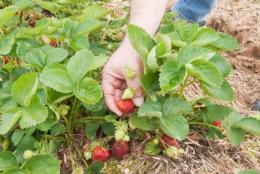
Many summer gardeners will agree that the most delicious and beautiful berry in the garden is strawberries. Proper care of strawberries can rightfully be called a successful guarantee of their high yield. Well, not all gardeners know how to grow strawberries correctly.
Content:
Landing
Very important plant strawberry bushes in sunny places, and the land must be fertile. Timely watering will ensure the sweet and juicy taste of the berries, although it is very important not to overwater the strawberries so that their fruits do not become watery.
It is best to plant strawberries in the spring in soil well fertilized with humus and compost. It is important that organic fertilizers are mature. Under each strawberry bush add 2-3 handfuls of organic matter and half a handful of wood ash, then mix everything well.
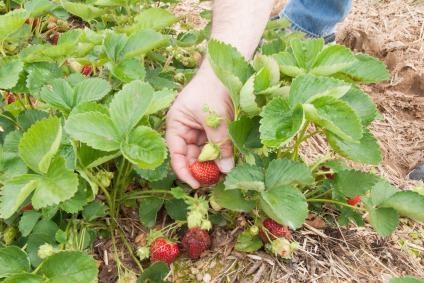
It is best to plant bushes in the evening so that the daytime sun does not destroy the weakened plant. Before planting the bush, you need to pinch the longest root and also cut off the leaves, leaving no more than 3 pieces. Such strawberries will take root very quickly and produce a yield 3 times higher than those planted in the fall.
After planting, it is necessary to prevent the addition of mustaches of a different variety to the new plantation. It is advisable to pick off the first flower stalks (but not necessary) so that the bushes take root better.
Care
Strawberry lovers can easily answer the question “how to grow strawberries correctly?"It is very important to remove tendrils and shoots in a timely manner, water at least 2-3 times a week, weed the beds and loosen the soil.
Autumn care is also important for strawberries, because after harvest the leaves of the bushes continue to grow. It is necessary to remove yellowed leaves and still give the bushes moisture in a timely manner. For the winter, the strawberry beds are filled with rotted manure and special shields are installed to retain snow.
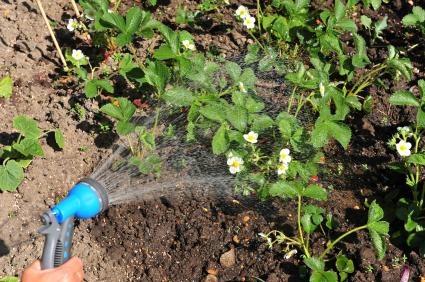
Some varieties of strawberries need to provide space during growth, so for 1 sq.m. No more than 4 plants are planted, and the bushes themselves are provided with a sufficient amount of light.
Reproduction
It is usually recommended to use only the first two rosettes from the whisker for propagation. If it is necessary to obtain the maximum yield in the first year, then this requirement is justified. Rosettes of the third or higher order bear fruit poorly this year, but you will get more bushes for seedlings. Next year, both strawberry bushes will produce the same harvest.
Elite and super-elite varieties are propagated by seeds. Strawberry seeds are treated with growth stimulants (Epin, Zircon, etc.) and germinated on the windowsill in March-April.
In early June they are planted in the ground. By autumn, many of them will give their first harvest. Read about the features of germinating strawberry seeds Here.
Natural strawberry protection
To protect the roots from nematodes, it is good to plant marigolds and marigolds in strawberry beds. Marigolds reduce the growth of powdery mildew. Calendula prevents the development of many fungal diseases, such as fusarium and root rot. In the fall, these annual crops are simply cut off, leaving their roots in the ground.
In order for the berries to be juicy and aromatic, pine litter is poured under each bush in a 5 cm layer.Mulching with pine needles also prevents the berries from getting dirty and retains moisture.
To repel slug invasions, plant parsley in the rows.
Strawberries greatly deplete the soil, so it is recommended to keep them in one place for no more than 4-5 years. To restore fertility in this area after the strawberries, it is necessary to plant beans and carrots. Then pumpkin crops are planted, and a year later - nightshade crops. And only then can your favorite strawberry return here again.
Selection of strawberry varieties
To successfully grow strawberries, of course, it is important to choose a good variety. Previously it was believed that it was better to choose zoned strawberry varieties, but this is not so. Now many foreign varieties have been tested in central Russia and can be recommended for homestead farms along with with domestic varieties. Good performance in the varieties Gigant Jorneya, Gigantella Maxi, Elsanta, Albion, Elan F1, Bereginya, Clery, Korona, Holiday, Queen Elizabeth II, Everest, Bogota, Marshall, Cardinal, Queen, Brighton and many others.
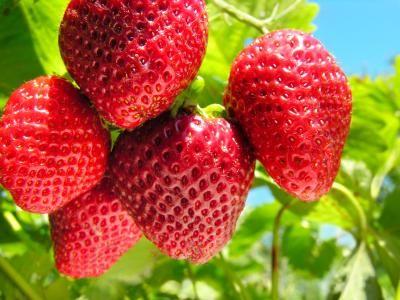
Of the domestic varieties, Moskovskaya Yubileynaya (popularly Mashenka) still remains on the podium. Its taste is better than that of Gigantella, and compared to the Sequoia variety, the berries are denser and more transportable.
You can choose early-ripening, mid- and late-ripening varieties of strawberries. Remontant varieties will be a special joy for children and grandchildren.
Many articles have been written about the intricacies of growing strawberries, but we briefly recalled the simple rules of agricultural technology and methods of natural plant protection. We have slightly systematized the information on the selection of varieties.Apply these rules when growing this fragrant miracle, and your beloved children and grandchildren will always be happy!

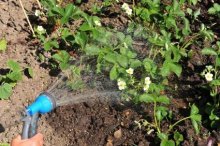
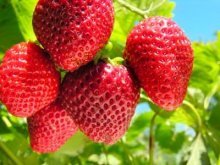

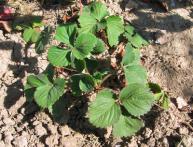
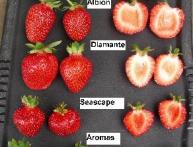
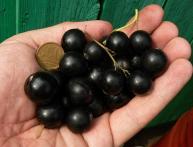
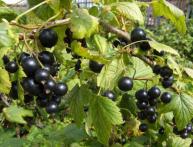
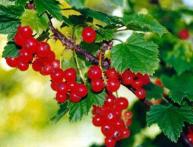
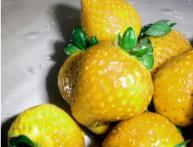
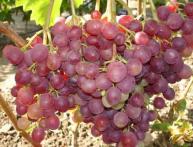
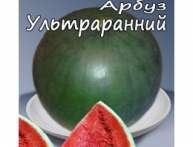
Comments
At the dacha we mulch strawberries with straw. Pine needles, as stated in the article, were not used, although it is interesting. Mulching is generally a very useful activity, and not only for strawberries.
I didn’t even know that the best time to replant strawberries is in the spring, but for some reason I always do so. On the contrary, neighbors at the dacha plant it in late autumn. This is probably why I always have much more harvest.
In early spring, I clean the strawberries, remove all unnecessary leaves and shoots, replant them and water them at the roots. Before flowering, I make sure to fertilize with bird droppings. In general, there are many subtleties, and everyone probably has their own, acquired with experience. The author of the article is right, you still need to choose a good variety! A couple of hundred of them didn’t take root for me, now I’m growing Brighton - an excellent result!
Strawberries need to be cared for from spring to autumn. Clean it from grass, weeds, water it well, because... Its roots are not deep and it can dry out. And of course, for a good harvest, every 5 years I replant the strawberries to a new place.
And I replant every year. It varies in spring and autumn. If I don’t replant, if I don’t remove all the excess, then there will be no berries at all. I don't know what variety it is.
To prevent strawberries from getting sick and to grow strong, it is recommended to plant them after such cultivated plants as garlic, onions, carrots, beets, celery, and cabbage.
We sell stock with drip tape, fittings, filters and components. Calculation of the irrigation system.
Ro Drip tape made by USA John Deer Water. Delivery throughout Ukraine.
0676581054 Ivan